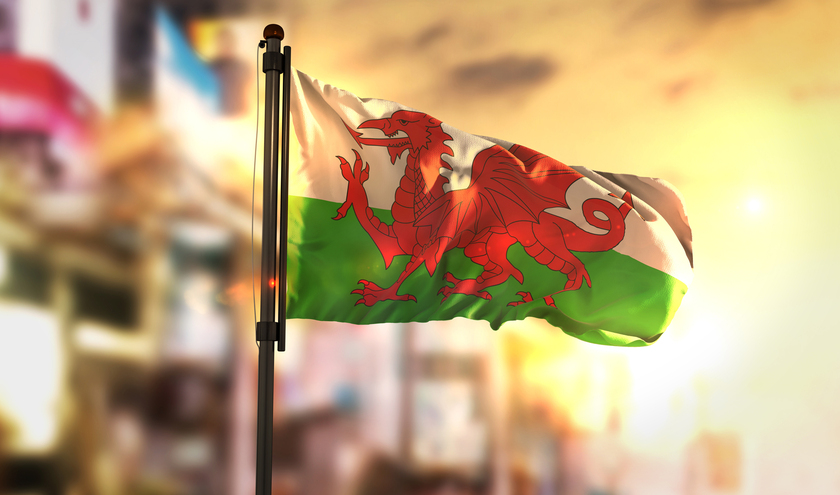In Wales, many of the 22 unitary authorities will have signed up to a Placemaking Wales Charter, developed by Welsh Government and the Design Commission for Wales.
The charter includes pledges to:
• Involve the local community in the development of proposals
• Choose sustainable locations for new development
• Prioritise walking, cycling and public transport
• Create well defined, safe, welcoming streets and public spaces
• Promote a sustainable mix of uses to make places vibrant
• Value and respect the positive distinctive qualities and identity of existing places.
The organisation I work for, Vale of Glamorgan Council, is coming to the business end of producing placemaking plans for our four main towns, with these plans being reported to the council's cabinet this month. Each plan sets out the challenges and opportunities relevant to each town and makes recommendations relating to future development opportunities within each locality.
While the final iterations of these plans are of course highly relevant, what is incredibly powerful is that each plan has been shaped through engagement with residents, businesses, voluntary sector partners, elected members and town councils. Public consultation on emerging ideas has been undertaken, and feedback has informed the final versions of the plans, while in each town a place board will be established to oversee progress in implementation. This reflects the council's commitment to working collaboratively and ensuring communities shape the future of their towns.
We need to have open and honest conversations with our partners about how we can ensure that those neighbourhood-based services that are seen as a priority are protected and even enhanced.
The plans themselves are important – absolutely, but what is more important is the process that has led to their development and the relevance of this engagement and collaboration becomes even clearer when one assesses the context in which local government is currently operating.
We are all acutely aware of the current budget challenges around the provision of vital people-based services such as social care, education and housing. It is against this backdrop that we see other key place-based and neighbourhood-based services having to ‘take the strain' and operate with increasingly diminishing budgets and reduced capacity and resilience. Reducing year-on-year budgets and the declining standards in the provision of these neighbourhood-based services alongside the potential for raising aspirations of communities through the production of place plans seems almost paradoxical in nature.
In the same way, reducing budgets in key front line neighbourhood surveys is at odds with what most residents tell us through public opinion surveys – that the maintenance of our streets and footways, our parks and green spaces ranks highly and is very important to our communities, as is the quality and condition of the public realm and the safety of high streets.
It is against this backdrop that the work undertaken to produce place plans gives us an opportunity to do things differently. But it needs to be more than placemaking in its strictest sense. It is far wider than that and something within which placemaking forms a part.
We need to have open and honest conversations with our partners about how we can ensure that those neighbourhood-based services that are seen as a priority are protected and even enhanced.
The engagement that has been part of the process thus far will only be useful if those conversations keep building and mature into meaningful and long-lasting relationships with our residents, businesses, voluntary organisations, town councils and wider communities.
The work undertaken in getting this far gives us an opening to further develop ideas for how we organise and potentially pool our resources and efforts to ensure the effective management of neighbourhoods and places. It will require a different mindset, both from those within our organisations and from our partners as to what can be achieved by working together in an integrated or joined up way. Many of us are already involved in much of this work – we work with a variety of voluntary organisations when it comes to maintaining parks and gardens and many town and community councils will be directly delivering services in certain areas. This collaboration, while useful and powerful where it exists, is at best patchy in its coverage and probably somewhat disjointed and sporadic in its implementation.
The future could be incredibly exciting if we grasp this opportunity. It needs acceptance we cannot continue to deliver services in the same old way. It needs a realisation there is much to be gained from developing partnerships in key localities to deliver a whole town approach to the management of place. An approach where all partners work together in an integrated and organised way to deliver those key front line services that will otherwise simply disappear.
This will require difficult and challenging conversations, but ultimately one where all those involved want the same thing – communities and places that we can all be proud of.
Placemaking plans and the concept of placemaking is important and relevant, not least because if the process is embraced and meaningfully developed it opens far wider opportunities to enhance and develop the management of places that make up our communities and towns in partnership.
Rob Thomas is chief executive of Vale of Glamorgan Council



